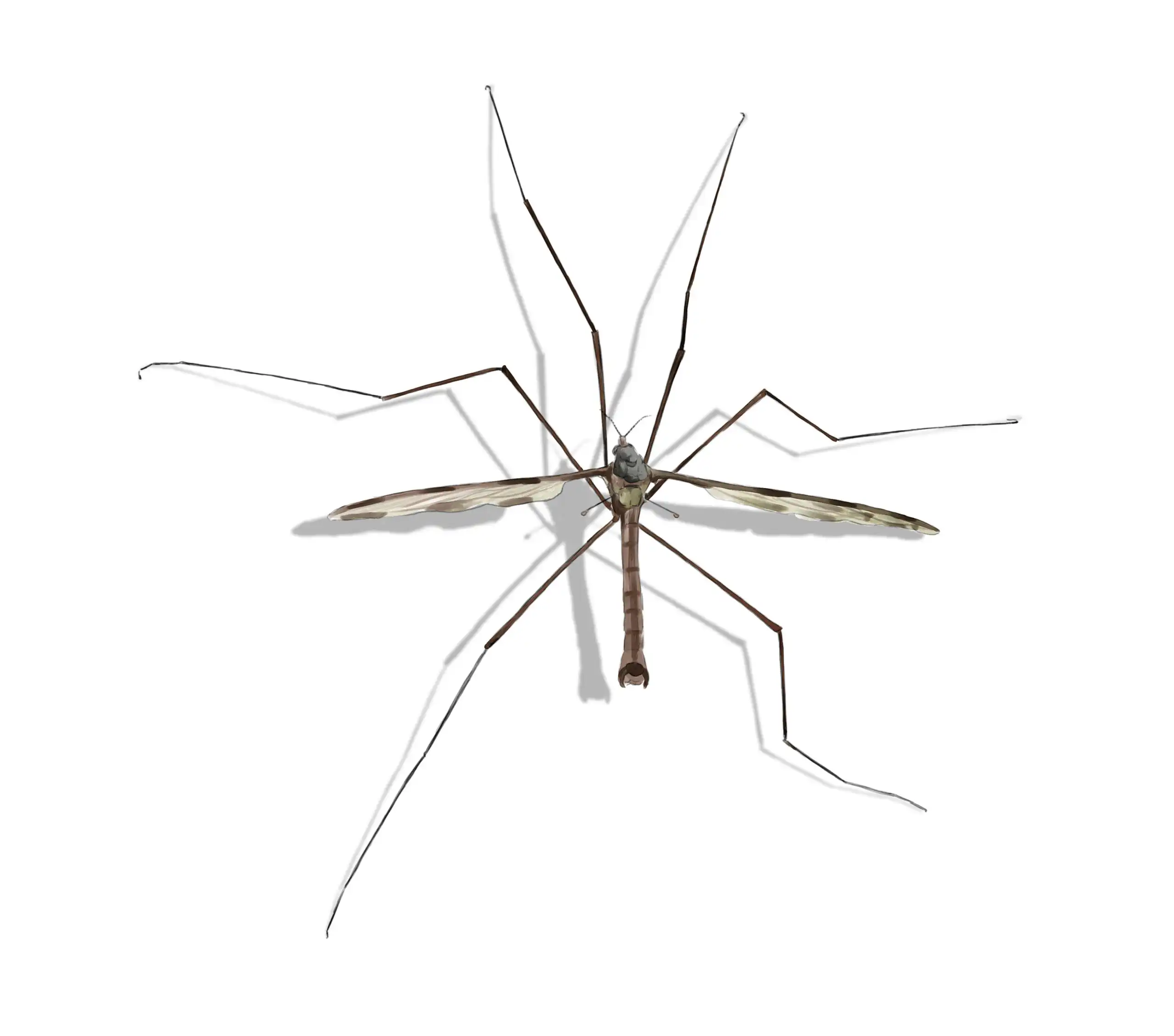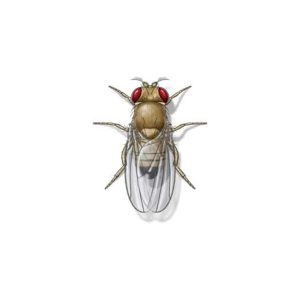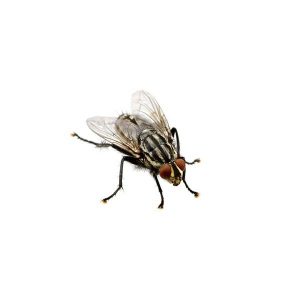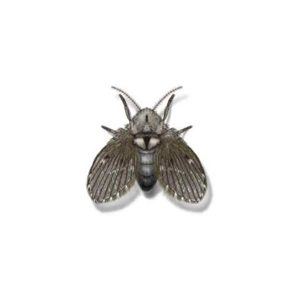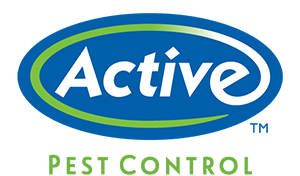Crane Flies in Georgia
Crane fly adults can vary in color, but most are tan, brown, or gray in color. They possess long legs and halteres (flight stabilizers that look like small maracas underneath the wings). Due to their size and shape, many people may confuse them with mosquitoes, thinking they have some sort of giant mosquito present. Usually, crane flies can be differentiated from mosquitoes by using their body size: crane flies’ bodies are usually 1 inch in length while mosquitoes do not usually get over about 0.3 inches in length. Adult crane flies feed on nectar, but many of them do not feed at all. The larvae that live in the soil will feed on grass or other plant roots; these larvae have been nicknamed leatherjackets. The aquatic larvae usually eat decaying vegetation or small invertebrates.
Crane Fly Habitat
Crane Flies live outdoors and are frequently seen on the sides of homes with their legs spread out wide. If they happen to come indoors, it is a mistake and they will not survive long. Their larvae can be either aquatic (water-dwelling) or terrestrial (land-dwelling). Larvae that are terrestrial live in the soil.
Crane Fly Behaviors, Threats, or Dangers
These insects are not major home infesting pests. Usually, homeowners will confuse them with mosquitoes and that can lead to confusion and panic because the person thinks they have a giant, mutant mosquito. These insects are not harmful, as they cannot bite people. They can be a nuisance, however, especially when they find their way indoors. Crane fly larvae feed on crowns and grass blades on warm nights, damaging lawns and turf. Damage often becomes noticeable in March and April and appears as dying patches of turfgrass. If you are dealing with a crane fly problem on your property, contact your local exterminators.

